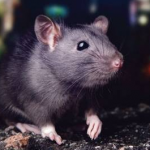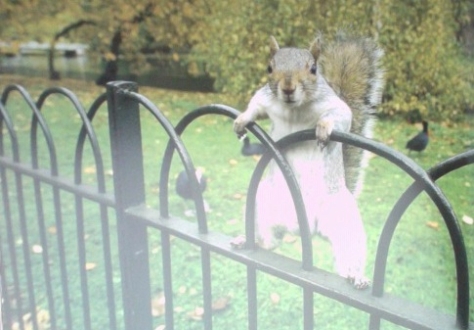news
Let’s go on a city safari

My City Safari series has just published, and to celebrate I’ve written a guest blog for Project Wild Thing.
The naturalist Jane Goodall has just turned 80. Her famous career began with a countryside childhood spent hiding in hen houses, and smuggling handfuls of earthworms into her bed. It’s a background shared by many naturalists, from Charles Darwin to David Attenborough – a passion for nature ignited by childhood adventures in the wild.
Can we inspire city-dwelling children to become the next Goodall or Attenborough, if they grow up surrounded by concrete and cars? As Attenborough himself said, “According to the UN, over half the world’s population is now urbanised. Apart from rats and pigeons, they have probably never seen a wild animal.”
But children can learn lots about wildlife from those rats and pigeons, if they know where to look.
Who’s been raiding the rubbish bin?
From hedgehogs and foxes to seagulls and squirrels, dozens of animals make their homes in towns and cities. At worst they are seen as pests; at best, as part of the scenery. But these animals are extraordinary.
Just like their countryside cousins, they’re experts at finding everything they need. They’ve also adapted to urban noise, light, pollution, and people. Exploring their hidden lives can be just as inspiring as a trip to a city farm or zoo.
Getting started
Some urban animals stay well hidden, but leave plenty of clues that will delight young spotters. Read up about your chosen animal, and then track down signs in a garden, park or churchyard.
We’re going on a squirrel hunt
- Look out for squirrel footprints in mud or snow (their front feet leave four claw marks, and their back feet five).
- Try spotting a football-sized drey (squirrel nest) in winter, when trees have no leaves.
- Squirrels are messy eaters. Look for nibbled shells, bark or pinecones at the foot of trees.
- Listen out for a squirrel’s ‘kuk, kuk, kuk’ alarm call.
- Watch out for males chasing females and making chattering sounds twice a year, around May and December.
Getting closer
Admittedly very few people want get closer to a rat, but you can safely encourage some wild animals on to your own patch of city. Use a small dish of water to attract birds to a balcony. Create low-level gaps in fences and walls to encourage hedgehogs into an urban garden. To attract minibeasts, leave small areas overgrown, with piles of logs or stones, or replace some grass with wild flowers.
Grab a bag or box full of dead leaves from an urban garden or park. Back at home, tip handfuls on to white paper and hunt for minibeasts. You can use a magnifying glass to look in more detail, before putting them back outside.
Adventures in the dark
Older children enjoy staying up late to look and listen for signs of urban wildlife. Can you hear the barks and screams of foxes in winter, spot bright eyes shining in car headlights, or hear the slobbering and crunching noises made by feasting hedgehogs in spring? Remember to look out for hedgehog droppings in the morning – sparkling with tiny pieces of beetle shell.
Extraordinary adaptations
Next time you see pigeons peck hopefully around picnickers in your local park, watch carefully. Pigeons are clever enough to learn which individuals will feed them, and which will chase them away. Can you catch males puffing out their neck feathers and dancing to impress females? Can you spot very young pigeons from the pink bump on their beaks? Point out how the ledges of tall buildings mimic the cliff top roosting spots of wild rock pigeons.
Get involved
Children can turn their observations into real science, by taking part in a wildlife survey. There are lots of opportunities at different times of year, from logging the colours of banded snails to helping the RSPB monitor urban birdlife.
Urban wildlife spotting encourages children to think about how they share their environment with wildlife. It triggers curiosity – and respect – for nature. Above all it’s fun, and a great way to encourage children to spend more time outdoors.
The City Safari books (Squirrel, Fox, Seagull, Rat, Hedgehog and Pigeon) are published by Raintree and introduce young children to some of the wild animals living in towns and cities.
If you’re lucky you’ll find this dude:
